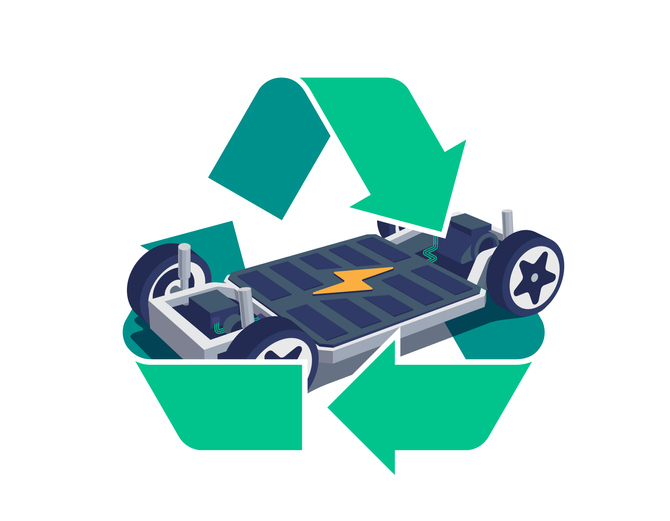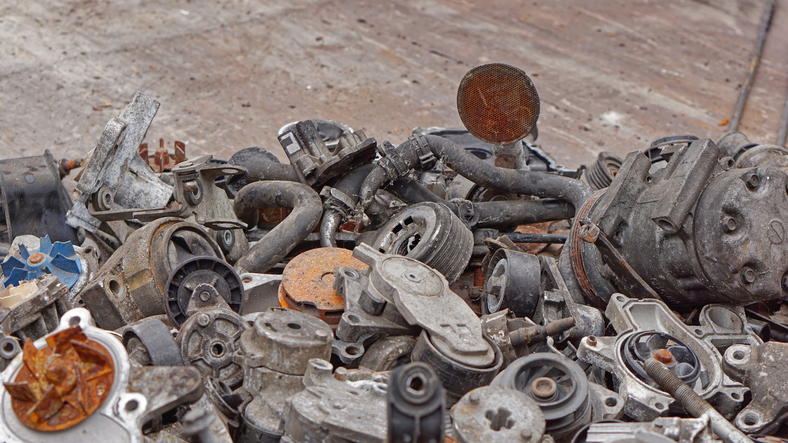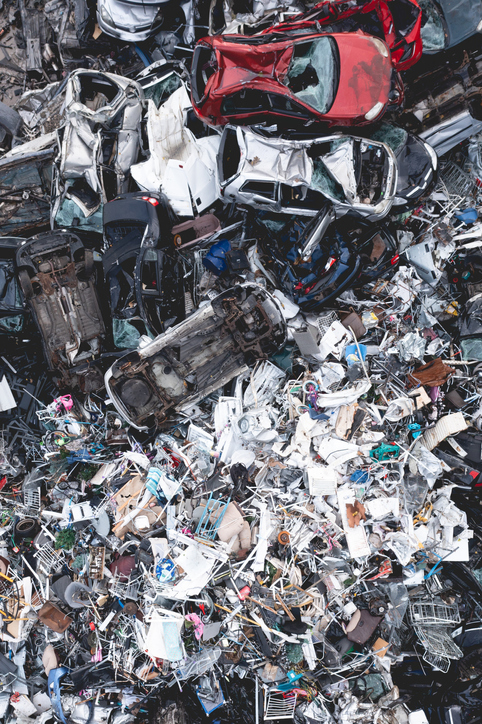
Why the Used Car Market Is Not Improving
August 7, 2023Recycle Your Car for the Environment: Auto Recycling in Wareham, Massachusetts
November 15, 2023The car recycling process is a complex one that involves many steps. The first step is to disassemble the car, which is done by hand or with a machine. The parts are sorted and cleaned, and reusable parts are sold. The remaining parts are then shredded and melted down to create new materials, such as steel, aluminum, and plastic. The process of car recycling helps to conserve resources and reduce pollution.
When contemplating the enigmatic realm of car recycling, one cannot ignore the captivating nuances of perplexity and burstiness that weave into its fabric. These two distinct facets, perplexity reflecting the intricacy and burstiness manifesting in sentence diversity, bestow a unique tapestry upon this subject. While human authors infuse their prose with the ebbs and flows of burstiness, AI-generated content often languishes in uniformity. Therefore, in our quest to unveil the enigma of car recycling, let us keep these paramount principles in our purview.
The concept of car recycling transcends mere vehicular disposal; it is a harmonious symphony of environmental stewardship and resource utilization.
As elucidated by Sandy Blalock, the sagacious Executive Director of the Automotive Recyclers Association (ARA), it would be a dystopian landscape if discarded vehicles were left to accumulate, devoid of purpose. In the United States, these vehicular relics find new life through the meticulous efforts of recyclers, who annually process a staggering 12 million automotive entities.

But how does this intricate dance of transformation unfold? Car recycling enterprises cast their net wide, acquiring vehicles that have reached the end of their drivable road, often relegated to the ignominious status of total loss decreed by insurers. Herein lies a tale of alchemical prowess; these enterprises meticulously extract oil, coolant, assorted fluids, and batteries, ensuring these vital components cascade into the appropriate supply channels.
According to the estimations of the ARA, an astonishing array of substances finds rejuvenation or renewal within this process each year, including 100.8 million gallons of gasoline and diesel fuel, 24 million gallons of motor oil, 8 million gallons of engine coolant, and 4.5 million gallons of windshield washer fluid. Even the venerable lead-acid batteries, comprising 96% of the total, are given a second lease on life. Parts that endure the rigors of scrutiny and adhere to exacting quality benchmarks are carefully extracted and vented to both skilled mechanics and DIY enthusiasts. These parts offer an enticing proposition, often priced at a 20% to 60% discount compared to their pristine counterparts.
In the labyrinthine corridors of recycling, treasures from the past often come to light. Such sanctuaries may harbor elusive components sought by lovers of vintage vehicles. When all that remains is the skeletal frame, the car embarks on a journey to a scrap metal processing bastion, where a colossal shredder awaits. Picture, if you will, a behemoth with mammoth hammers in ceaseless rotation, reducing the automobile to its elemental constituents. From this tumultuous melee, metals and other salvageable materials emerge, ready to begin life anew.
In the intricate tapestry of recycling, a mere 10% of a typical vehicle proves recalcitrant to transformation. Even this automotive shredder residue, a phoenix from the ashes, finds purpose in its own right. At times, it serves as a cap, veiling the contents of landfills and contributing to the sanctity of the environment.

However, not all aspects of car recycling dance seamlessly to this symphony; the realm of car batteries presents its unique challenges. While most batteries from gasoline-powered vehicles undergo recycling with resounding success, the same cannot be asserted for their hybrid and electric counterparts. Steve Christensen, the sagacious Executive Director of the Responsible Battery Coalition, opines that the term ‘recycling’ applies to them with a different shade of meaning. A mere 30% of materials within an individual electric or hybrid battery tread the path of recycling, albeit these materials find novel applications rather than birthing new batteries.
The technology exists to orchestrate the full reincarnation of electric vehicle batteries, but it remains a costly endeavor, constrained by the limited market for recycled materials. A transformative tide, however, may be on the horizon. Under the auspices of a climate bill enacted by President Joe Biden, electric battery materials recycled within the United States garner tax credits, irrespective of their origin. This economic incentive may usher in a new era where the hurdles to recycling hybrid and EV batteries are surmounted in the Car Recycling Process.
So, how can one partake in this intricate ballet of car recycling? The conduits through which automobiles find their way to recyclers are diverse, including car insurance companies, auto auctions, municipalities, and charitable organizations, as articulated by the ARA. A salient avenue is to align with companies that specialize in acquiring clunkers. Take, for instance, Peddle, whose Digital Marketing Manager, Mario Mendez, elucidates their mission of acquiring vehicles unwanted by traditional used car dealers and subsequently redistributing them through a network of enthusiasts and recyclers.

For those who choose to donate an inoperative vehicle to a nonprofit entity, the path to recycling is paved for them. Charitable organizations often serve as intermediaries, ensuring that your old steed finds a new purpose in the grand tapestry of the Car Recycling Process. The ARA itself boasts a vehicle donation program, the Shift Vehicle Retirement Initiative, which adheres to stringent environmental protocols, with proceeds fueling training endeavors.
Before bidding farewell to your trusty steed and entrusting it to the recycling cosmos, there are crucial preparatory steps to undertake. Delve into the inner sanctum of your vehicle, combing every nook and cranny for personal possessions. Sunglasses perched on the visor and cherished mugs from your alma mater in the cup holder may remain elusive once the wheels of time have turned. Retrieve any cherished electronic contrivances you may have installed, safeguarding their value. Lastly, part ways with the license plates and ensure that keys and pertinent paperwork are at your fingertips. In conclusion, the labyrinthine world of car recycling unfurls before us, a harmonious interplay of environmental stewardship, resource renewal, and technological innovation. As we traverse this enigmatic realm, may the nuances of Perplexity and burstiness guide our exploration, weaving a narrative that transcends the mundane and embraces the extraordinary.
